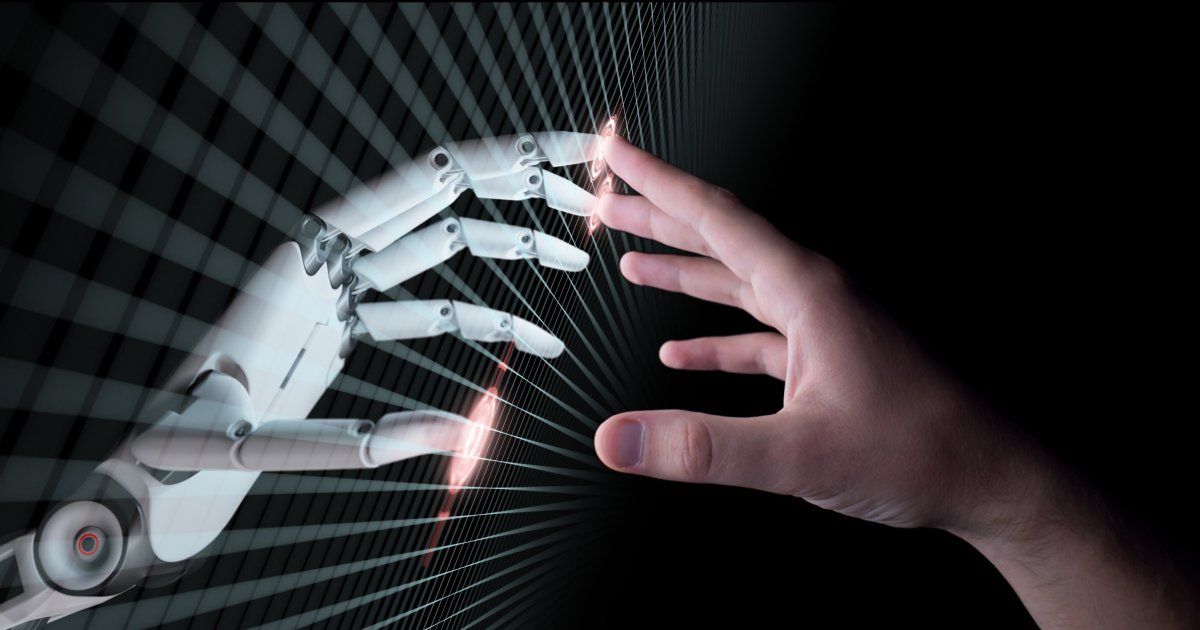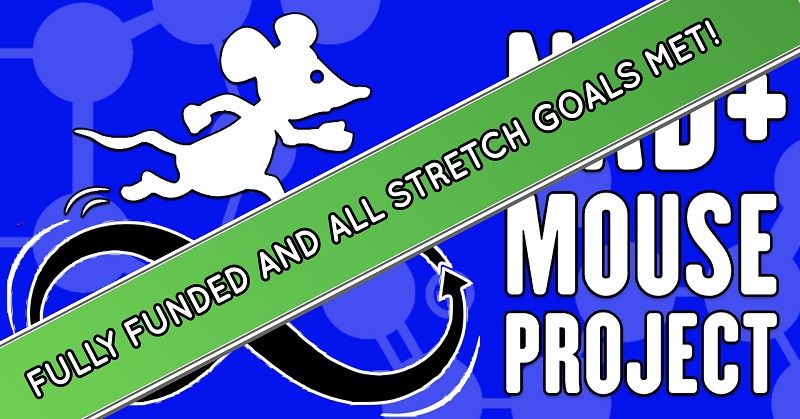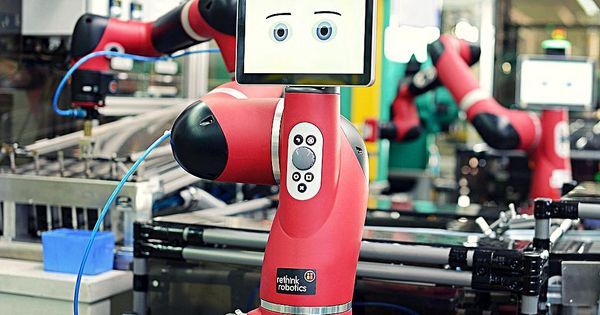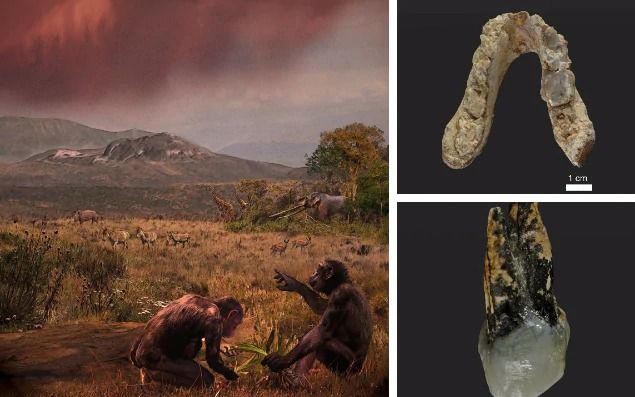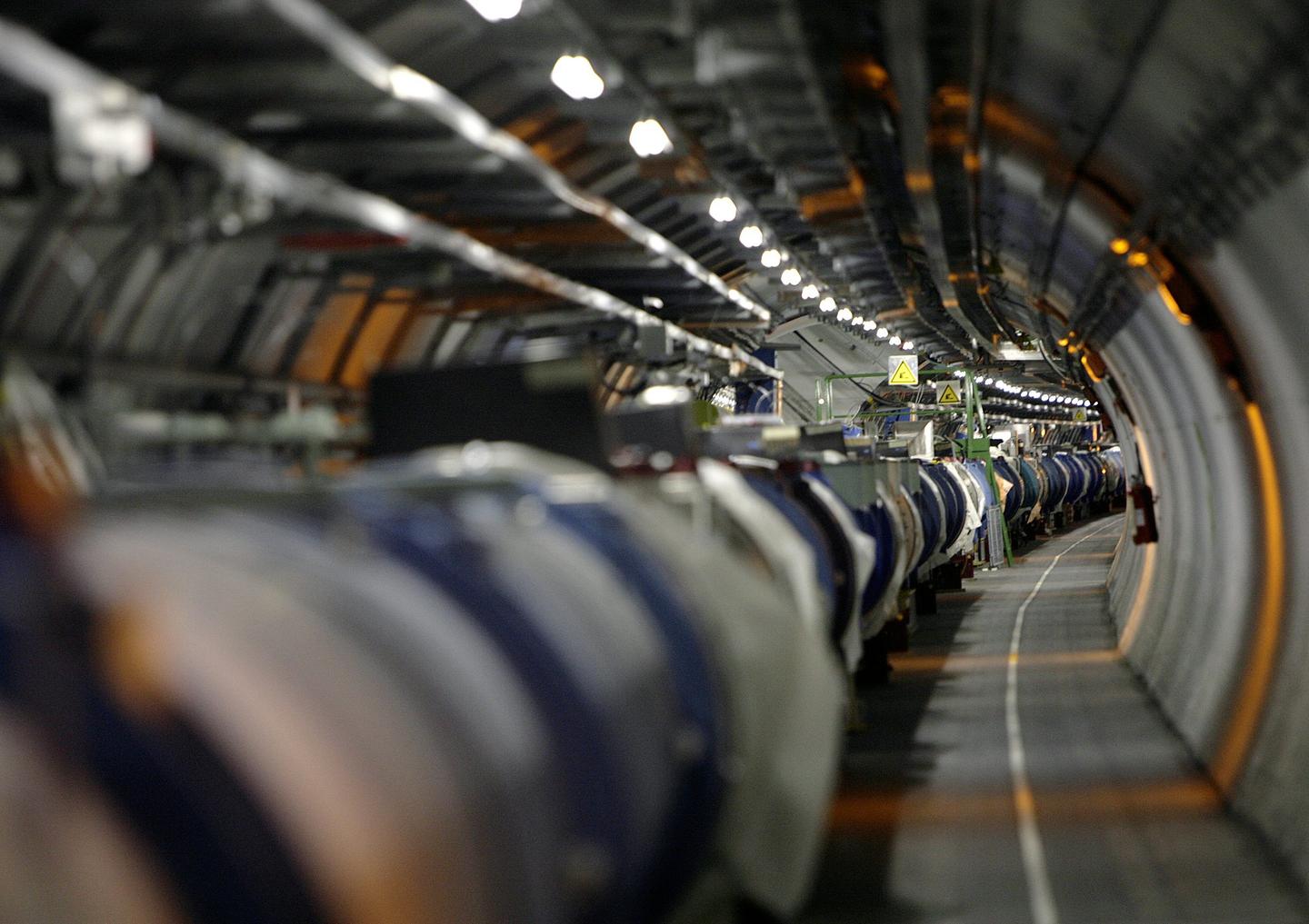Kai–Fu Lee who is a venture capitalist, technology executive, writer, and an artificial intelligence (AI) expert is speaking with Sebastian Thrun, founder of Udacity and Google’s self-driving cars program, about: ✅the realities of AI in business ✅which companies are leading AI development ✅how employees can adapt their skills for ever-changing technology.
Kai-Fu Lee is speaking with Sebastian Thrun, founder of Udacity and Google’s self-driving cars program, about:
